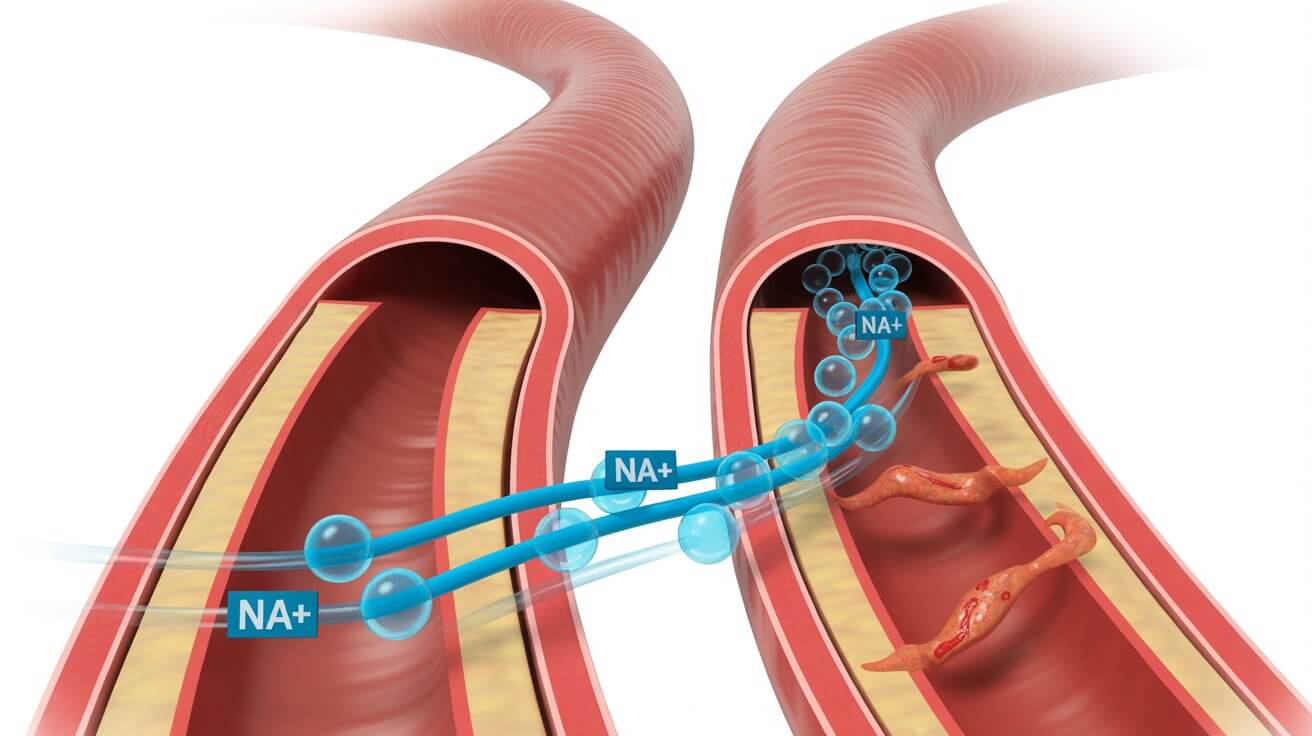Have you ever heard the term ‘prediabetes’ and wondered what it truly means for your health? It’s a phrase that’s becoming increasingly common, and for good reason. Prediabetes is a serious health condition where your blood sugar levels are higher than normal, but not yet high enough to be diagnosed as type 2 diabetes. Think of it as a crucial warning sign, a moment when your body is telling you it’s time to make some changes before a more serious condition takes hold.
What is Prediabetes?
To understand prediabetes, let’s first talk about how your body uses sugar (glucose). Glucose is your body’s main source of energy, and it comes from the food you eat. Insulin, a hormone produced by your pancreas, acts like a key, allowing glucose to enter your cells for energy. In prediabetes, this system isn’t working as efficiently as it should. Either your pancreas isn’t making enough insulin, or your cells aren’t responding to insulin as well as they should (a condition known as insulin resistance). As a result, glucose builds up in your bloodstream, leading to higher-than-normal blood sugar levels.
According to the Centers for Disease Control and Prevention (CDC), more than 1 in 3 American adults have prediabetes, and most don’t even know they have it. This makes it a silent condition, often progressing without noticeable symptoms until it develops into type 2 diabetes.
Recognizing the Subtle Signs and Risk Factors of Prediabetes
One of the challenges with prediabetes is that it often has no clear symptoms. However, some people might experience subtle signs, especially if their blood sugar levels are already quite elevated. These can include:
- Increased Thirst and Frequent Urination: As your kidneys try to filter out excess sugar, you might feel thirstier and need to urinate more often.
- Increased Hunger: Despite eating, your cells might not be getting enough glucose, leading to persistent hunger.
- Blurred Vision: High blood sugar can affect the tiny blood vessels in your eyes, causing temporary blurred vision.
- Fatigue: Lack of energy can be a sign that your cells aren’t efficiently converting glucose into energy.
Beyond these potential signs, several risk factors significantly increase your likelihood of developing prediabetes:
- Being Overweight or Obese: Excess weight, especially around the abdomen, is a primary risk factor.
- •Age: The risk of prediabetes increases after age 45.
- •Family History: Having a parent or sibling with type 2 diabetes increases your risk.
- •Physical Inactivity: A sedentary lifestyle contributes to insulin resistance.
- •Gestational Diabetes: If you had diabetes during pregnancy, or gave birth to a baby weighing more than 9 pounds, your risk is higher.
- •Polycystic Ovary Syndrome (PCOS): This condition in women is linked to insulin resistance.
- •Race and Ethnicity: Certain racial and ethnic groups, including African Americans, Hispanic/Latino Americans, American Indians, Asian Americans, and Pacific Islanders, are at higher risk.
📚 More Helpful Reads You Might Like
Keep exploring these reader favorites that dive deeper into blood sugar, medication timing, nutrition, and everyday wellness:
The Risks of Ignoring Prediabetes
Ignoring prediabetes is like ignoring a flashing red light on your car’s dashboard. If left unaddressed, prediabetes significantly increases your risk of developing type 2 diabetes, which can lead to serious health complications such as heart disease, stroke, kidney disease, nerve damage, and vision loss. The American Heart Association emphasizes the strong link between diabetes and cardiovascular disease, highlighting that managing blood sugar is crucial for heart health.
Taking Control: How to Prevent Type 2 Diabetes

The good news is that prediabetes is often reversible. Small, consistent changes in your lifestyle can make a significant difference in bringing your blood sugar levels back to a healthy range and preventing type 2 diabetes. Here’s how you can take control:
•Embrace a Healthy Eating Plan: Focus on whole, unprocessed foods. Load up on fruits, vegetables, lean proteins, and whole grains. Limit sugary drinks, refined carbohydrates, and unhealthy fats. The American Diabetes Association provides excellent resources on healthy eating for diabetes prevention.
•Get Moving: Physical Activity for Prediabetes Prevention: Aim for at least 150 minutes of moderate-intensity aerobic activity per week, such as brisk walking, swimming, or cycling. Even small increases in physical activity can improve insulin sensitivity.
•Lose Modest Weight: Losing even 5-7% of your body weight can significantly reduce your risk. For example, if you weigh 200 pounds, losing just 10-14 pounds can make a difference.
•Quit Smoking: Smoking increases insulin resistance and the risk of type 2 diabetes.
•Manage Stress: Chronic stress can affect blood sugar levels. Find healthy ways to cope with stress, such as meditation, yoga, or spending time in nature.
•Regular Check-ups: Talk to your doctor about your risk factors and get regular blood sugar screenings. Early detection is key.
Prediabetes is not a life sentence; it’s an opportunity. By understanding the signs, recognizing your risks, and taking proactive steps, you can prevent type 2 diabetes and pave the way for a healthier, more vibrant future. Your health is in your hands, and every small step you take today contributes to a healthier tomorrow.
FAQ
1. Can we reverse prediabetes?
Yes — prediabetes can often be reversed with consistent lifestyle changes. Simple steps like daily movement, reducing added sugars, and managing stress can help your body become more insulin-sensitive again. Enrolling in a diabetes prevention program can also offer the structure and support many people need to make lasting progress.
2. How am I prediabetic if I eat healthy?
Even with healthy eating habits, other factors like genetics, stress, sleep patterns, or lack of movement can influence blood sugar levels. Remember, having prediabetes doesn’t mean you’ve failed — it means your body is asking for help. If you’ve been told you have prediabetes, consider it a powerful motivator to keep making positive changes.
3. Is there a way to prevent prediabetes?
Absolutely. Staying active, eating balanced meals, getting regular check-ups, and managing your weight can help keep your blood sugar stable. If you’re at risk, small changes now can protect your health in the long run. It’s never too early to take action to get your blood sugar back to a healthy range — the earlier, the better.
4. How long does it take to reverse prediabetes?
Every person is different, but many people see improvement in just a few months with consistent effort. It depends on your starting point and how steadily you make changes to your routine. If you’re wondering prediabetes which treatment should be followed, the best plan starts with your doctor — and often includes support from nutrition, activity, and sleep.
Medical Disclaimer: This content is for educational purposes only and does not replace professional medical advice, diagnosis, or treatment. Always consult your physician or a qualified healthcare provider with any questions about a medical condition.
Helpful Resources
American Diabetes Association (n.d.) – What is Prediabetes? PDF guide
Tabák et al. (2012) – Prediabetes: a high-risk state for diabetes development
The Lancet
Buysschaert et al. (2015) – Prediabetes and associated disorders
Endocrine
Pour & Dagogo-Jack (2011) – Prediabetes as a therapeutic target
Clinical Chemistry
Diagnosis and Management of Prediabetes: A Review. Echouffo-Tcheugui, J. B., Perreault, L., Ji, L., & JAMA. (2023). JAMA, 329(14), 1206–1217. Available at: https://jamanetwork.com/journals/jama/article-abstract/2803510#google_vignette









